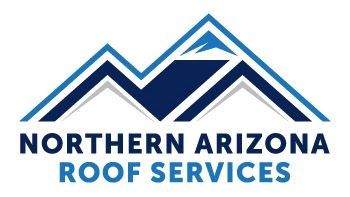Blog Layout
Roof Damage and When to Seek Repairs or Replacement
October 21, 2024
Identifying Roof Damage: Common Issues and When to Repair or Replace
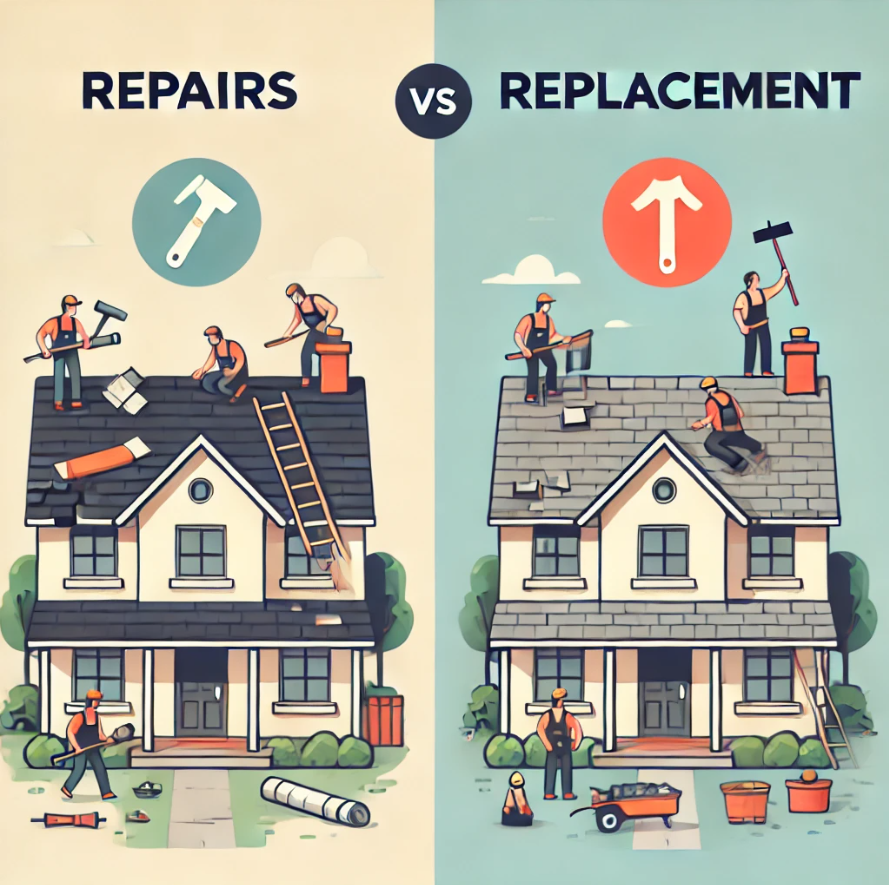
Roof damage can arise from various factors, including severe weather, aging materials, or poor installation. Identifying and addressing these issues promptly is essential to prevent further structural damage and maintain the integrity of your building. Here’s what you need to know about common types of roof damage and how to manage them.
Common Roof Damage Issues
- Missing Shingles
Missing shingles leave your roof vulnerable to leaks and further damage. Without proper coverage, water can penetrate the underlying layers, causing structural issues. - Low Spots in the Roof
Low spots, or areas where the roof dips, can lead to water pooling. This stagnant water can deteriorate roofing materials and lead to leaks and rot. - Dislodged Flashings and Metal Panels
Flashings and metal panels are critical for sealing joints and transitions. When they become dislodged, they can create gaps that allow water to seep into the roof structure. - Missing or Backed-Out Fasteners on Metal Roofs
On metal roofs, missing fasteners or fasteners backing out can cause panels to become loose. This can lead to leaks and structural issues if not addressed promptly. - Worn-Down Shingles
If shingles are worn down to the fiberglass, this indicates that the protective granules have deteriorated. Such shingles are less effective at shielding your roof from the elements.
The Importance of Inspection
To determine whether your roof needs repair or replacement, an inspection is crucial. A professional assessment will help you understand the extent of the damage and recommend the appropriate course of action.
Aging Roofs and Replacement
For roofs that are at least 20 years old, it’s often time to start planning for replacement. While repairs can sometimes extend the life of an old roof, budgeting for a replacement in advance is a wise approach. Repairs can provide temporary relief and help you manage costs over time, but eventually, a new roof will be necessary.
Cost of Repairs
Typical roof repair services generally range from $500 to $1,000, depending on the size of the roof and the extent of the damage. Investing in timely repairs can save you from more costly issues down the line and help extend the life of your roof.
Regular inspections and maintenance are key to preserving your roof’s integrity and preventing costly damage. If you suspect roof damage or need an inspection, contact us today to ensure your roof remains in top condition.
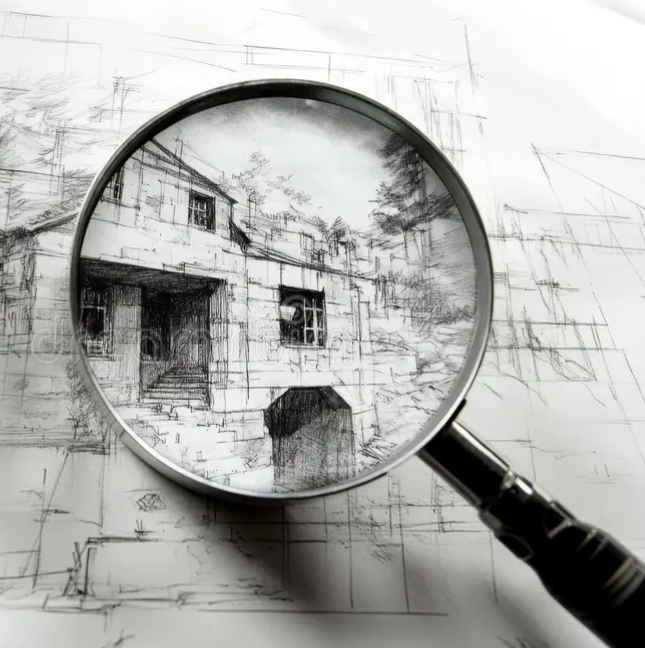
April 3, 2025
Roofs are designed to protect your home from the elements, but various issues can compromise their effectiveness and longevity. From loose metal fasteners to wind damage, understanding common roof problems can help you address them promptly and prevent more serious damage. Here’s what you need to know about some of the most frequent roofing issues and their potential impacts. 1. Loose Metal Fasteners Over time, metal fasteners used in roofing can loosen due to temperature fluctuations, weather conditions, and general wear and tear. Loose fasteners can lead to leaks and structural instability. Addressing this issue promptly is essential to prevent water infiltration and maintain the integrity of your roof. 2. Rust and Corrosion Rust and corrosion can occur on metal roofing materials and fasteners, weakening the roof and causing water damage. Proper application of roofing materials and regular inspections are crucial for detecting and addressing rust before it leads to significant problems. 3. Wind Damage Even new or well-maintained roofs are susceptible to wind damage. Strong winds can blow off shingles or roofing materials, leading to potential leaks and water infiltration. While some wind damage may not cause immediate leaks, it can capture and retain moisture, leading to long-term issues such as rotted decking and increased repair costs. 4. Loss of Roof Material The loss of roofing material, whether due to wind, wear, or other factors, can lead to several problems: Interior Damage: Water infiltration from missing or damaged roofing material can cause significant damage to interior spaces, including ceilings and walls. Loss of Personal Items: Water leaks can damage personal belongings stored in attics or other affected areas. Mold Growth: Persistent moisture can lead to mold growth, which poses health risks and further damage to the property. Rotted Decking: Moisture trapped under damaged roofing materials can cause the plywood decking to rot, necessitating costly replacements. 5. Preventive Measures Regular Inspections: Schedule regular inspections to identify and address issues such as loose fasteners, rust, and wind damage. Early detection can prevent more extensive damage and costly repairs. Timely Repairs: Address any signs of damage promptly, whether it's replacing missing shingles or repairing rusted areas. Quick action can mitigate further damage and extend the lifespan of your roof. Proper Installation: Ensure that roofing materials are installed correctly and adhere to industry standards. Proper installation helps prevent common issues and ensures the roof performs as intended. Addressing Roof Problems By understanding these common roof problems and taking proactive measures, you can protect your home from damage and extend the lifespan of your roof. If you suspect any issues with your roof or need an inspection, contact us today to ensure your roofing system remains in optimal condition.
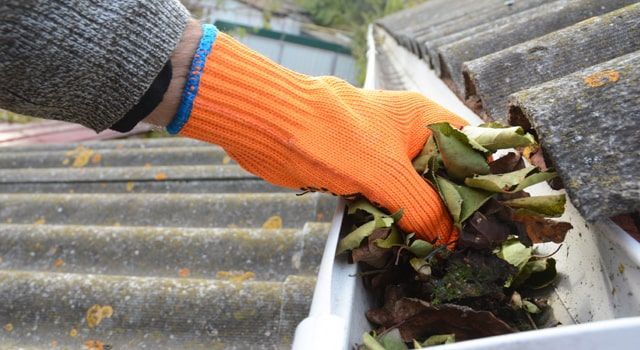
March 21, 2025
Gutters play a vital role in protecting your home from roof damage. However, clogged gutters can lead to significant issues, including water overflow and damage to roofing materials. Understanding how to maintain your gutters and prevent damage can save you from costly repairs and ensure the longevity of your roofing system. How Clogged Gutters Affect Your Roof Water Overflow and Seepage When gutters become clogged with leaves, branches, and other debris, water cannot flow freely through the system. Instead, it overflows, spilling onto the roof and seeping into roofing materials. This excess moisture can cause deterioration, leading to leaks and other damage. Gutter Rot and Compromised Functionality Trapped debris and standing water in gutters can lead to rot, compromising the gutter system’s functionality. Rotting gutters can become detached or collapse, failing to direct water away from the roof and foundation, which can result in additional structural damage. Structural Damage Overflowing gutters can cause water to seep into the roof structure and walls of your home. This can lead to mold growth, weakened structural components, and significant repair costs. Preventing Gutter-Related Damage Regular Gutter Cleaning To prevent clogs and ensure proper water flow, regularly clean your gutters. Remove leaves, branches, and other debris to keep the system functioning effectively. For high or hard-to-reach areas, consider hiring a professional service. Install Heat Tape In colder climates, installing heat tape along the roofline can help prevent ice buildup. Heat tape warms the gutters and roof edges, melting ice and preventing the formation of ice dams, which can cause water to back up and damage the roof. Use Snow Guards Snow guards can be installed on the roof to prevent heavy snow and ice from sliding off in large chunks. This helps reduce the weight and stress on the gutters, preventing them from becoming detached or damaged by the snow. Inspect and Repair Gutters Regularly Regularly inspect your gutters for signs of damage or wear. Ensure that they are securely attached to the roof and functioning properly. Address any issues promptly to prevent more significant problems. Maintaining Your Gutters Keeping your gutters clean and well-maintained is essential for protecting your roof and home from water damage. By taking these preventive measures, you can avoid the costly consequences of clogged gutters and ensure that your roofing system remains in good condition. For more information on gutter maintenance or to schedule an inspection, contact us today at 928-366-3504 or 602-725-7949.
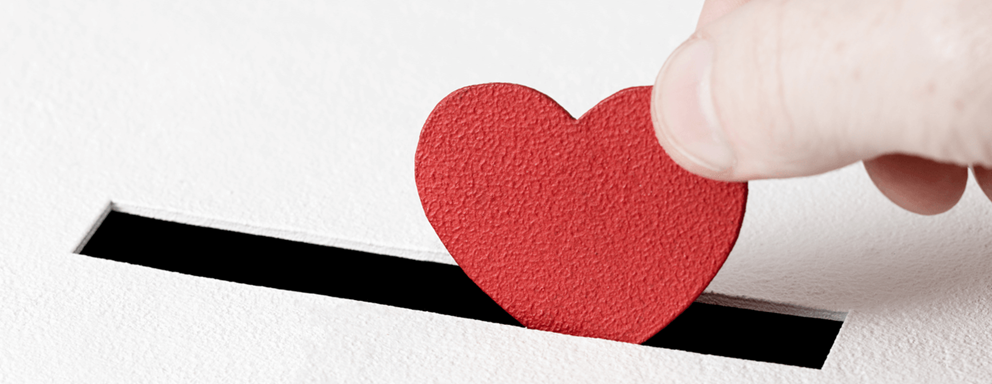
March 11, 2025
Recently, we had the exciting opportunity to participate in a podcast about cause marketing —a conversation that got us thinking about why we choose to support and sponsor events in our community. At Northern Arizona Roof Services , we’ve always believed that strong communities build strong businesses . Our work isn’t just about providing roofing solutions; it’s about being part of something bigger—helping to create a thriving and supportive environment for the people and businesses around us. Why We Give Back Every event we support, whether through monetary sponsorships or in-kind donations , is an extension of our commitment to the communities that support us. From local fundraisers and non-profit events to industry gatherings and networking groups, we recognize the value of investing in causes that make a difference. Giving back isn't just about financial contributions—it’s about creating opportunities, fostering connections, and strengthening the fabric of our community . When we support local organizations, we help ensure these events are successful, meaningful, and beneficial to all who attend. The Power of Sponsorship & In-Kind Support Not every business has the ability to donate large sums of money, but sponsorships and in-kind donations—such as providing services, materials, or expertise—can be just as impactful. These contributions help: ✔ Enhance the overall experience for attendees, making events more engaging and well-supported. ✔ Relieve financial burdens on organizations, allowing them to focus on their mission. ✔ Strengthen relationships between businesses and the communities they serve. When businesses and organizations work together, the results go far beyond a single event. They create lasting connections, support local growth, and foster a culture of collaboration and goodwill . Looking Ahead Participating in the cause marketing podcast reinforced why we do what we do. We’re proud to be a company that doesn’t just operate in Northern Arizona—we’re part of the community, and we’re committed to lifting it up however we can. We encourage fellow business owners to consider the impact they can have through event sponsorships, charitable giving, and community involvement . Every effort, big or small, helps create a stronger, more connected community for all . Have an upcoming event or cause that could use support? Let’s talk! We’d love to explore ways we can contribute. We'll be sure to share the podcast when it's published...keep an eye out on our social media platforms.
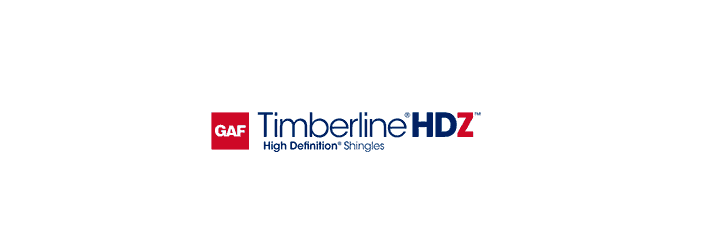
February 11, 2025
When it comes to enhancing your home’s curb appeal, few upgrades make as dramatic an impact as a new roof. But it’s not just about looks—it’s about protection, performance, and peace of mind. At Northern Arizona Roof Services , we believe, “It’s never just a roof. It’s a promise, kept.” That’s why we trust GAF’s #1-selling shingles to deliver both stunning aesthetics and long-lasting durability. The Power of First Impressions Your roof is one of the first things people notice about your home. Worn, faded, or damaged shingles can make even the most charming house look tired and neglected. On the other hand, a fresh roof with GAF’s High Definition® color blends adds instant curb appeal, giving your home a crisp, clean, and polished appearance. With a wide range of colors and styles, GAF shingles can complement any architectural design, from modern to traditional. Beyond Beauty: Built to Last While appearance matters, a roof’s primary job is to protect your home. GAF shingles are engineered for superior performance in all weather conditions, from scorching sun to heavy snowfall. Backed by strong warranties, these shingles offer homeowners the confidence that their investment is safeguarded for years to come. Why Choose GAF Shingles? 1. High Definition® Color Blends: Adds depth and dimension for a sophisticated look. 2. Durability: Designed to withstand harsh weather, ensuring long-term protection. 3. Strong Warranties: GAF’s industry-leading warranties give you peace of mind. 4. Energy Efficiency: Reflective options can help reduce energy costs by keeping your home cooler. The Northern Arizona Roof Services Difference At Northern Arizona Roof Services , we don’t just install roofs—we build relationships. Our team is committed to delivering quality craftsmanship and exceptional customer service . We’ll work with you to choose the perfect GAF shingle style and color that enhances your home’s unique character. To learn more about GAF HDZ shingles , discover color options, and design your roof your way, visit their Virtual Remodeler . It’s a fantastic tool to help you visualize how different shingle styles and colors will look on your home. Ready to give your home the makeover it deserves? Contact us today for a free estimate and discover how a new roof can transform your curb appeal. Because with us, it’s your roof - our expertise. Northern Arizona Roof Services 📞 928-366-3504 | 602-725-7949 🌐 www.northernarizonaroofservices.com
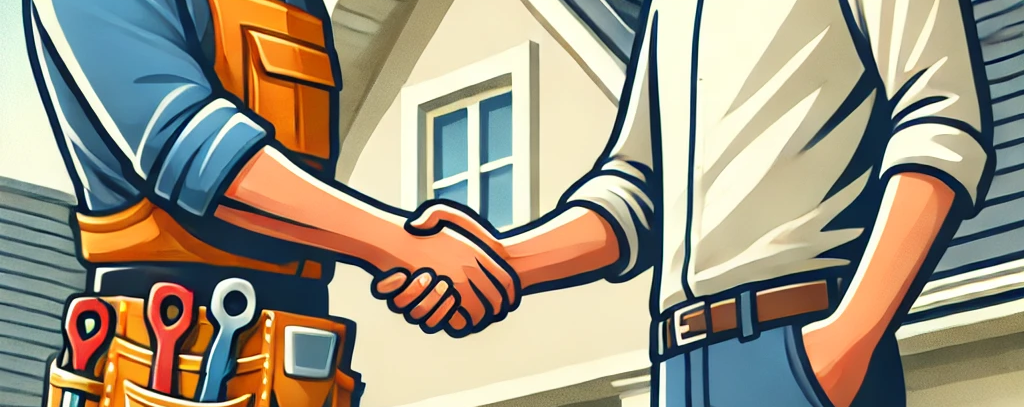
February 6, 2025
When it comes to roofing projects, making smart decisions can significantly impact the durability, energy efficiency, and overall value of your home. Here are some essential tips to guide you in achieving a successful roofing project that meets your needs and expectations. 1. Invest in Quality Quality roofing materials and workmanship are crucial for ensuring the longevity and effectiveness of your roof. Investing in high-quality materials may involve a higher upfront cost but will pay off in terms of durability, reduced maintenance, and fewer repairs over time. Quality roofing also enhances the aesthetic appeal and value of your property. 2. Consider Durability, Energy Savings, and Property Value When choosing roofing materials, consider their durability, energy efficiency, and impact on property value. Durable materials can withstand harsh weather conditions and reduce the need for frequent repairs. Energy-efficient options can help lower your utility bills by improving insulation and reducing heat loss. Additionally, a well-chosen roof can boost your home’s market value. 3. Ask Questions Don’t hesitate to ask detailed questions about the roofing materials, installation process, and potential issues. Understanding the specifics of your roofing project will help you make informed decisions and ensure that you get the best results. A reliable contractor should be willing to provide clear and comprehensive answers. 4. Make Informed Decisions Do your research on different roofing materials and techniques. Compare options based on their pros and cons, and how they align with your needs and budget. Making informed decisions ensures that you choose the right materials and methods for your specific situation. 5. Plan for the Long Term Balance the initial cost of roofing materials and installation with their expected longevity and maintenance needs. While it may be tempting to choose the cheapest option, investing in higher-quality materials that offer better longevity can save you money and hassle in the long run. Consider the total cost of ownership, including maintenance and repair costs, when planning your roofing project. 6. Build Strong Partnerships Establishing a good relationship with a reliable roofing company can lead to better service and support throughout your project and beyond. Choose contractors who are experienced, reputable, and committed to delivering quality workmanship. A strong partnership ensures that you have a trusted professional to turn to for future maintenance or repairs. By focusing on these key areas, you can ensure that your roofing project delivers lasting value and protection for your home. If you need expert advice or assistance with your roofing project, feel free to reach out to us. We’re here to help you make the best choices for your roofing needs.
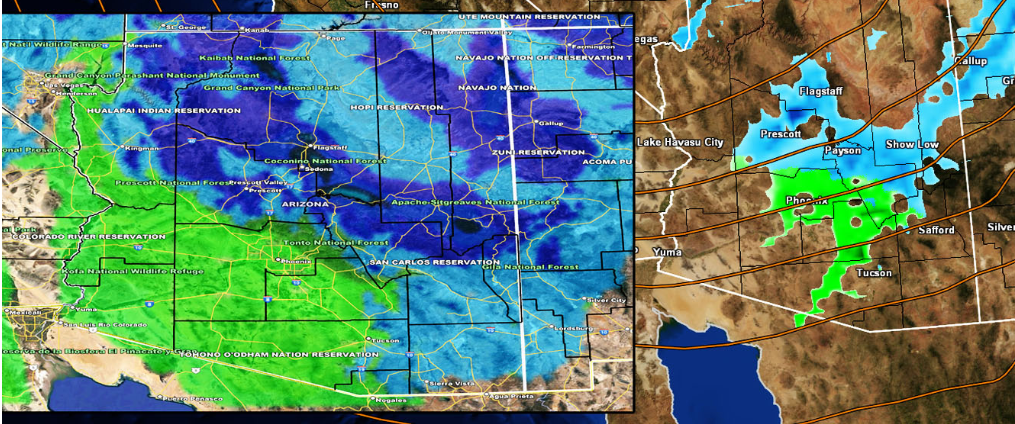
January 31, 2025
Storms can wreak havoc on your home, leaving behind damaged shingles, leaks, and structural issues. Unfortunately, storm damage also attracts opportunistic scammers—fly-by-night contractors who promise quick fixes but leave homeowners with shoddy workmanship, unfinished projects, or outright fraud. Protect yourself and your home by knowing how to spot and avoid common roofing scams. Red Flags of Roofing Scams Unsolicited Knock-on-the-Door Offers Be wary of contractors who show up unannounced, claiming they noticed damage to your roof and ask you for money without getting on your roof and facilitating an assessment. While reputable roofing companies do provide emergency services, they won’t pressure you into immediate decisions. High-Pressure Sales Tactics Scammers often insist on immediate repairs, warning that delaying will lead to severe consequences. A trustworthy roofer will give you time to assess your options, acquire quotes from other roofing companies, and won’t rush you into a decision. Upfront Payment Demands A common scam involves requesting full payment before work begins. Never pay the full cost upfront. Established roofing contractors work on a schedule and may require a reasonable deposit, but the final payment should be due upon job completion. Suspiciously Low Bids If an estimate seems too good to be true, it probably is. Some scammers lure homeowners with rock-bottom prices, then use subpar materials or claim additional damage mid-project with a change order, inflating the cost. No Licensing or Insurance Always ask for proof of licensing and insurance. Unlicensed contractors may leave you liable for accidents or unfinished work, costing you more in the long run. As a home or building owner you forfeit the right to legal recourse with the Registrar of Contractors when using an unlicensed contractor. Vague or No Written Contract A professional roofing company provides a detailed contract outlining the scope of work, materials, timeline, and costs. Avoid any contractor who hesitates to put details in writing. Storm Chasers Some out-of-town contractors follow severe weather events, offering repairs and disappearing once they’ve collected payment. Choose a local roofing company with an established presence in your community. Tips for Protecting Yourself from Scams Verify Credentials – Check that the contractor is licensed and insured in Arizona. Look up their credentials with the Arizona Registrar of Contractors at https://roc.az.gov/. Get Multiple Estimates – Compare quotes from reputable roofing companies before making a decision. Read Reviews & Ask for References – Research online reviews and ask for local references to verify past work. Work with a Trusted Local Roofing Company – Choosing a local, well-established roofing company ensures accountability and quality workmanship. Northern Arizona Roof Services: Your Trusted Local Roofer At Northern Arizona Roof Services , we understand how stressful storm damage can be. We are a licensed, insured, and local roofing company committed to honesty, quality, and customer satisfaction. Whether you need an inspection, repairs, or a full roof replacement, we are here to help. 📞 Call us today at 928-366-3504 or 602-725-7949 💻 **Visit us online at ** www.northernarizonaroofservices.com Don’t let roofing scammers take advantage of you—stay informed, stay cautious, and trust your home to experienced professionals!
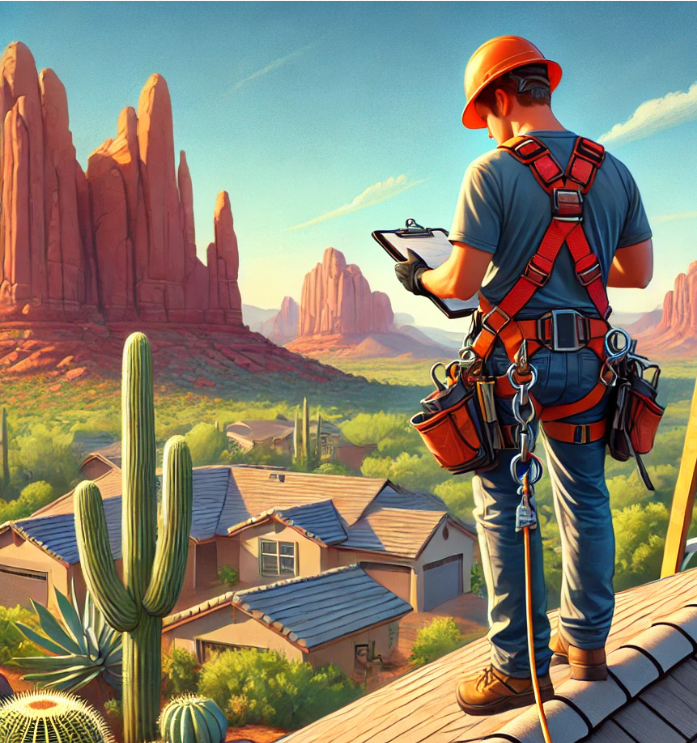
January 24, 2025
Your roof is one of the most important investments you’ll make for your home or business. Whether you’re dealing with storm damage, needing a routine repair, or planning a full replacement, choosing the right roofing contractor is crucial. In the Verde Valley, where unique weather patterns and local building styles come into play, it’s even more essential to find a roofer who knows the area and can deliver high-quality results. Here are practical tips to help you vet contractors and avoid common pitfalls. 1. Look for Expertise Verde Valley’s climate presents unique challenges, from monsoon storms to intense sun exposure. A contractor with experience in the area will understand how these factors affect your roof and will be familiar with the materials and techniques best suited to the region. Additionally, experienced contractors are more likely to be up-to-date with county and city building codes, ensuring your project meets all regulations. 2. Verify Licensing and Insurance A reputable roofing contractor must be licensed to operate in Arizona and carry adequate insurance. This includes both liability insurance and workers’ compensation. These protections safeguard you from being held financially responsible for accidents or damage during the project. Ask for: The contractor’s license number (you can verify it on the Arizona Registrar of Contractors’ website). Proof of insurance, including policy details. 3. Check Their Reputation Research is key when hiring a roofing contractor. Online reviews, testimonials, and references from past customers can provide valuable insight into a contractor’s reliability and quality of work. Check platforms like Google, Yelp, and the Better Business Bureau (BBB). Questions to ask references: Were you satisfied with the quality of work? Was the project completed on time and within budget? Did the contractor communicate effectively throughout the process? 4. Ask About Experience and Specializations Not all roofing contractors are created equal. Some may specialize in residential roofing, while others are more experienced with commercial projects. Ask about their specific experience with the type of roofing you need, whether it’s asphalt shingles, metal roofing, tile, or flat roofs. Pro Tip: Contractors with certifications from major roofing manufacturers often have additional training and can offer enhanced warranties. 5. Get Multiple Estimates It’s always a good idea to get at least three written estimates for your roofing project. This allows you to compare pricing, timelines, and the scope of work. Be wary of any estimate that seems unusually low; it could be a red flag for subpar materials or workmanship. Key details to confirm in the estimate: Total cost (including materials and labor) Timeline for completion Warranty details Payment terms 6. Ask About Warranties A trustworthy roofing contractor will stand behind their work. Ask about the warranties they offer for both materials and workmanship. Make sure you understand what the warranty covers and how long it lasts. Pro Tip: Some manufacturer warranties may require installation by approved contractors to remain valid. 7. Avoid High-Pressure Sales Tactics Beware of contractors who push you to sign a contract on the spot or pressure you into unnecessary upgrades. A reputable roofer will give you time to consider your options and won’t rush you into making a decision. 8. Look for Red Flags While most roofing contractors are honest and professional, it’s important to watch out for warning signs of potential scams or poor-quality work. Common red flags include: Lack of proper licensing or insurance No physical business address Refusal to provide references or detailed estimates Requests for full payment upfront (a deposit is standard, but full payment should only occur after the work is completed to your satisfaction). 9. Choose a Contractor Who Communicates Clearly Good communication is essential for a successful roofing project. Your contractor should be willing to answer your questions, explain the process, and keep you updated throughout the project. If they’re hard to reach or dismissive of your concerns, consider it a red flag. Conclusion Choosing the right roofing contractor in the Verde Valley doesn’t have to be overwhelming. By taking the time to research, ask questions, and verify credentials, you can ensure your roof is in good hands. Your roof is a long-term investment, so partnering with a trusted professional will help protect your home or business for years to come. Need help with your roofing project in the Verde Valley? Contact Northern Arizona Roof Services today for a free estimate and expert advice. We’re committed to quality, transparency, and exceptional service. Give us a call at 928-600-4455 or visit www.northernarizonaroofservices.com to learn more!

January 15, 2025
Nestled in the heart of Arizona, the Verde Valley is home to stunning landscapes, vibrant communities, and unique challenges when it comes to commercial roofing. Whether you're managing a retail store in Cottonwood, an office building in Camp Verde, or a manufacturing facility in Clarkdale, ensuring your roof is in top shape is essential for protecting your investment. Here’s what you need to know about commercial roofing in the Verde Valley: Understanding the Climate Challenges The Verde Valley experiences extreme weather variations, from scorching summer heat to occasional winter freezes. These conditions can take a toll on your commercial roof, causing wear and tear over time. High UV exposure, seasonal monsoons, and heavy winds make regular inspections and maintenance crucial to extend the lifespan of your roof. Popular Commercial Roofing Options Different businesses have different roofing needs. Some of the most common commercial roofing systems in the Verde Valley include: Flat Roofs: Often seen in warehouses and office buildings, flat roofs offer easy access and versatility but require vigilant maintenance to prevent pooling water and leaks. Metal Roofs: Known for their durability and energy efficiency, metal roofs are ideal for businesses looking for long-term solutions. TPO and PVC Roofing: These modern single-ply membrane systems provide excellent UV resistance and energy savings, perfect for the Verde Valley’s sunny climate. Foam Roofs: Lightweight and effective at sealing out moisture, foam roofs are a smart choice for many commercial properties in the area. Common Roofing Concerns in the Verde Valley Storm Damage: Monsoons can bring heavy rain, wind, and hail, causing damage to roofs and creating potential for leaks. Heat-Related Wear: Constant exposure to high temperatures can degrade roofing materials over time. Debris Accumulation: The area’s lush trees may contribute to debris buildup, which can clog drains and create water retention problems. Preventative Maintenance Saves Money Regular inspections and proactive repairs are key to avoiding costly issues down the road. A professional roofing evaluation can identify: Cracks or punctures in the roofing material Issues with drainage systems Signs of water infiltration or pooling UV-related degradation Choosing the Right Roofing Partner When it comes to commercial roofing in the Verde Valley, working with a knowledgeable and experienced contractor is essential. At Northern Arizona Roof Services, we specialize in custom solutions designed to meet the unique needs of businesses in the region. Our services include: Roof installations and replacements Preventative maintenance programs Emergency storm damage repairs Roof coatings for energy efficiency Let’s Protect Your Business Your commercial roof is an essential component of your property’s safety, energy efficiency, and longevity. Don’t let minor issues turn into major problems—let us help! 📞 Contact us today at 928-366-3504 or 602-725-7949 🌐 Visit www.northernarizonaroofservices.com Invest in a roof that stands up to the Verde Valley’s demands and keeps your business running smoothly for years to come.
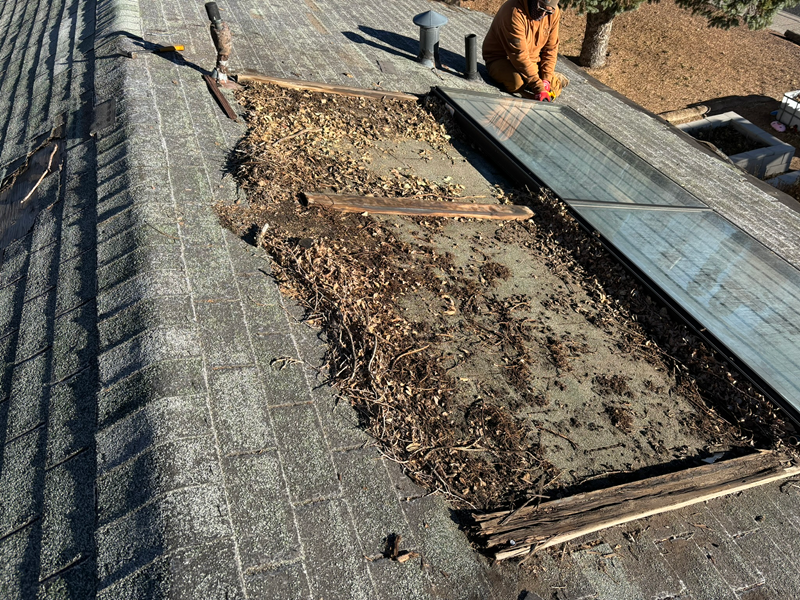
January 7, 2025
Roof damage frequently stems from debris buildup, which poses significant risks to the integrity of your roofing system. Leaves, branches, and dirt can accumulate on your roof, trapping moisture and leading to a host of problems. Here’s how debris damage can affect your roof and what you can do to prevent and address these issues. The Impact of Debris on Roof Systems Moisture Trapping and Rot When debris such as leaves and branches collects on your roof, it creates a barrier that traps moisture. This constant exposure to moisture leads to the rotting of roofing materials. Over time, the rot can weaken the roof, making it more susceptible to leaks and structural damage. Weakened Roofing Materials As debris decomposes, it can break down the roofing materials themselves. Shingles and other roofing components may become less effective at providing protection, leading to further deterioration and the potential for leaks Clogged Gutters and Downspouts Debris accumulation often extends to gutters and downspouts, causing clogs that prevent proper water drainage. This can result in water pooling on the roof and additional stress on the roofing system, exacerbating existing damage and leading to more severe issues. Increased Risk of Leaks Moisture trapped by debris can eventually penetrate the roof’s surface, leading to leaks. These leaks can cause damage to the interior of your home, including ceilings, walls, and insulation, resulting in costly repairs. Preventing and Addressing Debris Damage Regular Roof Inspections Schedule regular inspections to check for and address any debris buildup. Professional inspections can identify potential issues early and help prevent more extensive damage. Routine Cleaning Regularly clear your roof of leaves, branches, and other debris. Use a roof-safe ladder and tools to remove debris without causing damage. For high or difficult-to-reach areas, consider hiring a professional cleaning service. Gutter Maintenance Keep gutters and downspouts clear of debris to ensure proper water drainage. Regularly clean and inspect these components to prevent clogs and water damage. Install Gutter Guards Gutter guards can help minimize debris accumulation in gutters and downspouts, reducing the risk of clogs and improving water flow. Addressing Rot and Damage Promptly If you suspect that debris has caused damage or rot, address the issue as soon as possible. Repair or replace affected roofing materials to prevent further deterioration and leaks. By staying vigilant and proactive about debris management, you can extend the life of your roof and avoid costly repairs. If you need help with roof maintenance or suspect debris-related damage, contact us today to ensure your roofing system remains in excellent condition.
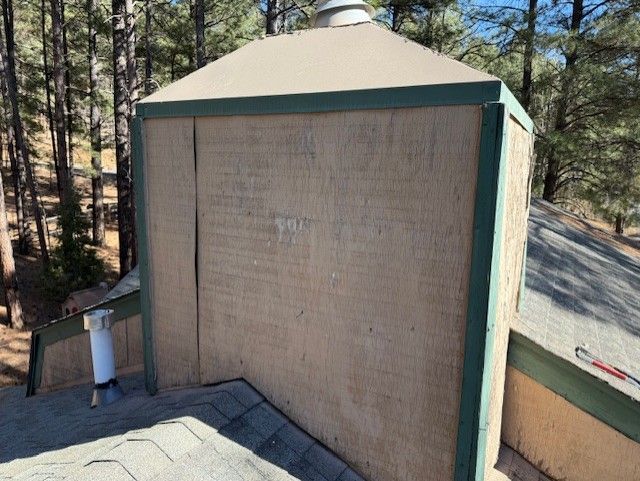
December 16, 2024
Chimneys play a crucial role in your home’s ventilation and structural integrity, but they can fail over time due to a variety of factors. Recognizing the causes and signs of chimney failure can help prevent costly damage to both your chimney and roof. Common Causes of Chimney Failures Weather Damage: Exposure to rain, wind, and freeze-thaw cycles causes cracks in masonry and accelerates deterioration. Damaged Flashing: Faulty, rusted, or improperly installed flashing allows water to seep into your roof and chimney base. Deteriorated Mortar Joints: Over time, mortar joints weaken and crumble, leading to structural instability. Cracks in the Chimney Crown: A damaged crown allows water to infiltrate, causing internal and external damage. Poor Installation or Construction: Improper construction can result in early failure and structural concerns. Wear and Tear: Like any other part of your home, chimneys degrade naturally with age and use. Warning Signs of a Failing Chimney C racked Bricks or Mortar: Indicates water intrusion or aging materials. Leaning Chimney: Suggests foundational instability or shifting. Water Stains Around the Chimney: Caused by faulty flashing or water penetration. Rust or Corroded Flashing: A common entry point for moisture into your home. Loose or Missing Masonry: A clear sign of structural wear requiring immediate attention. The Link Between Chimney and Roofing Issues Chimney problems often point to underlying roof issues. For example, water leaks around a chimney can originate from: Cracked mortar or bricks, allowing water to enter. Faulty or worn-out flashing that fails to seal the chimney base. Addressing these signs promptly not only protects your chimney but also prevents more extensive roofing damage. Protecting Your Home: What to Do Next Schedule regular chimney inspections to catch small issues early. Repair or replace damaged flashing to prevent leaks. Address cracks in mortar, masonry, or the crown to reinforce stability. Monitor your roof for water stains, which could signal a chimney-related leak. Conclusion: A well-maintained chimney ensures safety, efficiency, and a longer lifespan for your home. Don’t wait until small cracks lead to significant structural damage—address chimney issues at the first sign to protect both your chimney and roof.
CONTACT INFORMATION
Phone: (928) 366-3504 | Phoenix: (602) 725-7949
Address: 201 E. Birch Ave., Ste. 16 Flagstaff, AZ 86001
ROC CR-42 349278
Carlisle Authorized Applicator | KARNAK Certified Applicator
GAF Certified™ Commercial Contractor 1147467 | GAF Certified™ Residential Contractor CE59655
Content, including images, displayed on this website is protected by copyright laws. Downloading, republication, retransmission or reproduction of content on this website is strictly prohibited. Terms of Use
| Privacy Policy
